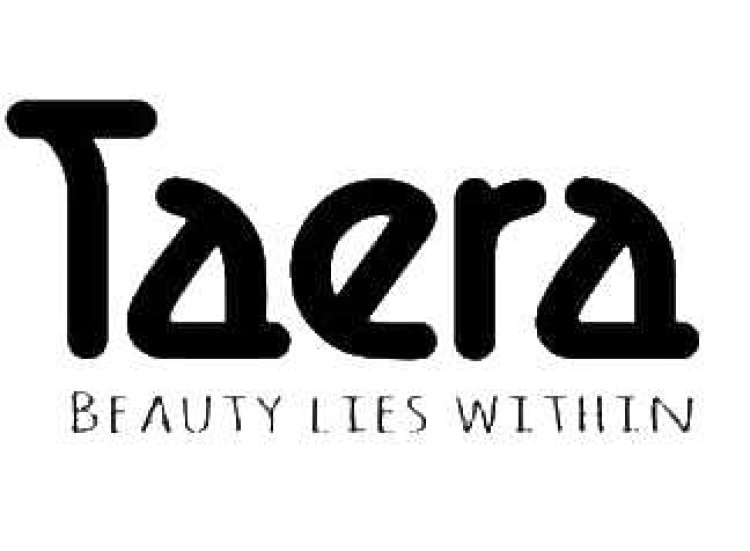Why Exercise Is Wise?
Exercise is considered wise for numerous reasons due to its wide-ranging physical, mental, and emotional benefits.
It is likely that you have heard the adage “exercise is good for you” countless times. However, were you aware that it can also improve your mood? Maintaining an appropriate level of physical activity can enhance one’s mood and increase vitality.
What Are Some Benefits of Exercise?
Experts recommend that teens get 60 minutes or more of moderate to vigorous physical activity each day. Here are some reasons why:
- Exercise benefits every part of the body, including the mind. Engaging in physical activity enhances cognitive function and learning. It has the potential to improve sleep quality. You produce feel-good compounds in your body during physical activity. Engaging in physical activity reduces the risk of developing depression and alleviates symptoms of anxiety. In addition, exercising can provide a genuine sense of pride and accomplishment upon reaching a personal target, such as when an individual masters a new dance routine or surpasses an old time in the 100-meter sprint.
- Exercise helps people keep a healthy weight and lower their risk of some diseases. Consistent physical activity can aid in the prevention of weight gain, type 2 diabetes, cardiovascular disease, and hypertension. Solid bones can be maintained through the use of weight-bearing exercises, jumping, and sprinting.
- Exercise can help a person age well. Although this may not appear to be significant at the moment, your body will appreciate it in the future. As one ages, regular exercise enhances quality of life, or the capacity to take pleasure in life. It improves brain health and decreases the risk of developing Alzheimer’s, a disease of the brain that causes memory loss. Exercise can aid in the prevention of falls and fall-related injuries.
Three parts of a balanced exercise routine include: aerobic exercise, strength training, and flexibility activities.
How Can I Get Aerobic Exercise?
A vigorous exercise benefits the heart similarly to other muscles. Any activity that causes the pulse to race and the lungs to work harder constitutes aerobic exercise. Your heart and lungs become more robust and efficient at transporting oxygen (via oxygen-carrying blood cells) to every part of your body when you subject them to this type of routine exercise.
Practice days for athletes participating in team sports typically consist of a minimum of 60 minutes of vigorous to moderate pace. Lacrosse, basketball, soccer, rowing, and hockey are some team sports that provide an excellent aerobic exercise.
However, there are numerous methods to get aerobic exercise even if you do not participate in team sports. Cycling, walking rapidly, cross-country skiing, tennis, inline skating, swimming, biking, and swimming are among these activities.
What About Strength Training?
Not only the heart, but additional muscles also gain from consistent exercise. Even the other muscles in your body benefit from exercise. When muscles are utilized, they gain strength.
Additionally, robust muscles are advantageous because they provide joint support and aid in injury prevention. Activities that strengthen muscles can also strengthen bones.
You don’t have to lift weights to make your muscles and bones stronger. Different types of exercise strengthen different muscle groups. For example:
- For arms, try rowing or cross-country skiing. Pull-ups and push-ups, those old gym class standbys, are also good for building arm muscles.
- For strong legs, try running, biking, rowing, or skating. Squats and leg raises also work the legs.
- For abdominal and core strength, you can’t beat rowing, yoga or pilates, and planks and crunches.

How Can I Build Flexibility?
Beyond fortifying the heart, muscles, and bones is another crucial objective of physical activity. Additionally, exercise can maintain the body’s flexibility, allowing muscles and joints to bend and stretch without difficulty.
Additionally, flexibility may aid in the enhancement of athletic performance. Certain activities, such as martial arts and dance, demand extreme flexibility. However, enhanced flexibility can also improve athletic performance in other sports, including lacrosse and soccer.
Activities and sports that promote flexibility are readily available. Martial arts such as yoga, karate, ballet, and acrobatics are all excellent options. Performing post-exercise stretches will additionally enhance your flexibility.
Also read: How To Stretch?
How Can I Keep It Going?
One of the leading causes of individuals discontinuing an exercise regimen is a lack of interest: It is difficult to maintain a routine if the activity is not enjoyable. However, one can explore a variety of sports and activities to determine which one motivates them. Obtain an exercise companion, enroll in a class, or join a team if you require a little more encouragement to stay on track.
Consult with an individual, such as a fitness expert at a facility or a coach, for assistance in beginning a program that is appropriate for your fitness level.
Moving more and reclining less is beneficial for all individuals, including those with disabilities or medical conditions such as asthma. Consult your doctor before commencing an exercise regimen if you have a health condition or other concern (such as being out of shape).
Considering all the health benefits of being physically active, it’s easy to see why exercise is wise. And the great thing about exercise is that it’s never too late to start. Even small things can count as exercise — like taking a short bike ride, walking the dog, or raking leaves. If you are new to exercise, start with a few minutes a day and slowly build to the recommended amount of at least 60 minutes.






